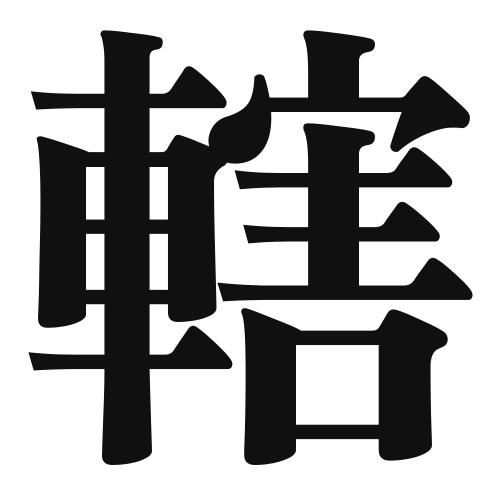1. Overview of Meaning
The kanji “轄” (katsu) generally means “to govern” or “to control.” It is often associated with the idea of jurisdiction or authority over a certain area or group.
2. Origin and Radical
Origin of the Kanji: The kanji “轄” is a compound character, which means it is formed by combining different elements. It is classified as a phonetic-ideographic character (形声文字), where the left part indicates the meaning related to vehicles or wheels, and the right part provides the phonetic sound.
Radical: The radical for “轄” is “車” (kuruma), which means “car” or “vehicle.” This radical is often associated with transportation and movement.
3. Examples of Usage
Common Words and Phrases: Some common words that include “轄” are “轄区” (kakuku – jurisdiction) and “轄下” (kakuka – under the jurisdiction).
Example Sentences in Daily Conversation:
- この地域は警察の轄下にあります。 (Kono chiiki wa keisatsu no kakuka ni arimasu.) – This area is under the jurisdiction of the police.
- 彼は新しい轄区の責任者です。 (Kare wa atarashii kakuku no sekininsha desu.) – He is the person in charge of the new jurisdiction.
4. Synonyms and Antonyms
Similar Kanji: A similar kanji is “管” (kan), which means “to manage” or “to control,” but it is more focused on the act of managing rather than the jurisdiction aspect.
Antonyms: An antonym for “轄” could be “自由” (jiyuu), meaning “freedom,” which represents the absence of control or jurisdiction.
5. Cultural and Historical Background
Relation to Japanese Culture: The concept of “轄” is significant in Japanese governance and law, reflecting the importance of jurisdiction in maintaining order and authority.
Proverbs and Idioms: While there may not be specific proverbs that directly use “轄,” the idea of jurisdiction and control is often implied in discussions about law and order in Japanese society.
